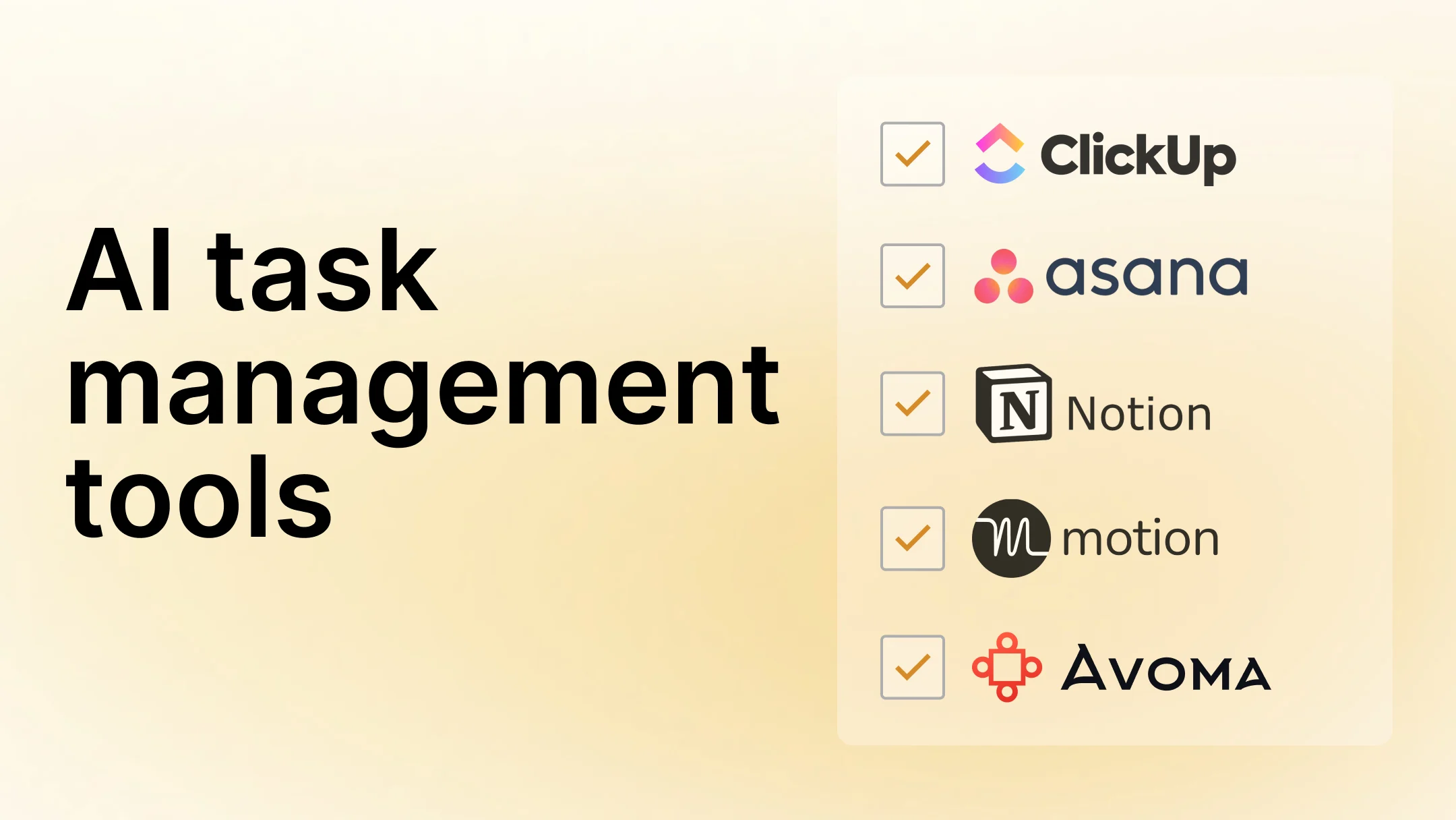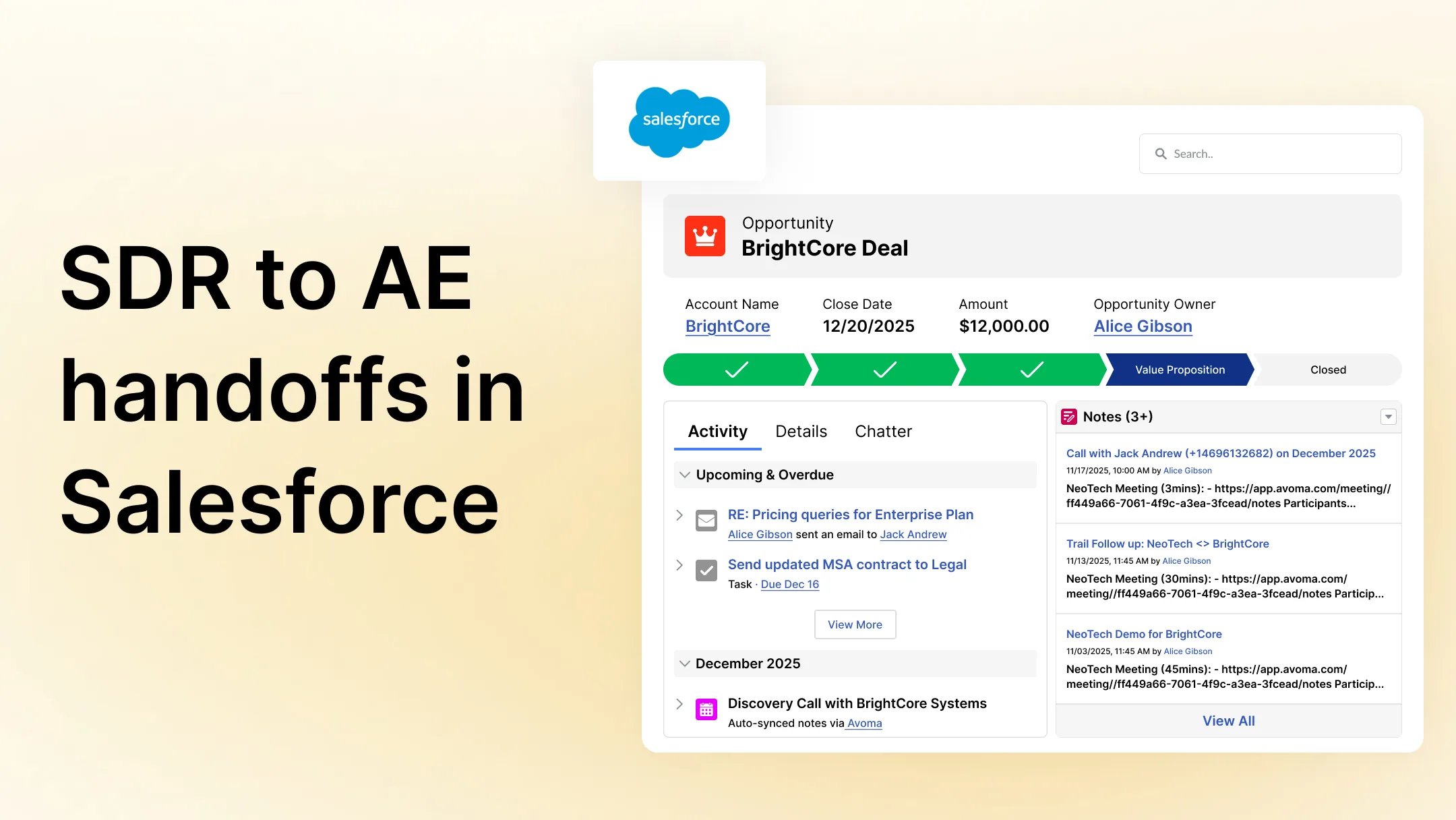What is interview intelligence? Why do you need it for conducting interviews?
Table of Contents:

At the very fundamental level, most meeting conversations are just different ways of communication between individuals, teams, or organizations. Be it a discovery call or a user research interview—they are all communication processes between individuals to help each other arrive at a mutually beneficial solution.
However, a job interview is a meeting conversation that gets a very different treatment than the rest—and that’s a problem.
Think about it—you are the same person who conducts internal team meetings, has sales or customer success calls, and conducts job interviews. But when it comes to running these meetings, you probably use different tools to schedule and manage them differently.

And that brings a key question—why should you juggle between different tools for scheduling the meeting, transcribing it, sharing feedback, getting actionable intelligence, etc., when all of these meetings have common denominators between them?
Job interviews are just like any other conversations that take place in your workplace. Managing them differently from your sales conversations or internal meetings not only wastes your time but also creates information silos. Anyone who understands the meeting lifecycle knows that interviews are no different.
So, how do we gather interview intelligence and make it actionable? This post will look at what it is and what it can do for your organization.
What is interview intelligence?
The interviewing process is a handy part of the hiring process, but it’s often a victim of poor planning and bad execution. For instance, think about your organization’s ability to smoothly transition the interview candidates from one round to another—given today’s remote environment.
Talking of transition, it is not just about scheduling the interview rounds but also about ensuring that no context is lost in the process. For example, you don’t want your panelists to ask the same set of questions if the candidate has already answered that in one of their previous rounds. Lack of coordination and context sharing leads candidates to form negative perceptions about the employer brand. And that’s the last thing you want to let happen.
Interview Intelligence
Interview-Intel is the modern way to approach hiring by harmonizing all aspects of the interview process into a beautiful symphony. An interview intelligence tool records, transcribes, and analyzes candidate conversations. It helps the hiring managers, recruiters, and HR Business Partners (HRBPs) to gain deeper visibility into the interview process, create smooth feedback loops between the panelists, and improve the overall recruitment process.
Here’s an overview of the Interview Intelligence journey:

And then comes the 4 major components that drive the Interview Intelligence Platform:

In that sense, interview-intel is another major use case for conversation intelligence platforms that helps business teams streamline their meetings and get actionable insights to improve their processes.
How does interview intelligence work?
With interview intelligence, the recruiting teams can connect different parts of the interview process holistically and get insights into what makes a candidate a good fit for a given role.
So, let’s look at the four-part interview process and understand where the interview-intel fits in.
1. Internal Discovery
Ambiguous job descriptions are one of the biggest roadblocks for organizations to attract the right candidates to an advertised position. It is usually the result of a lack of alignment between the recruiting team and the HR team.
The recruiting managers might share an abstract idea about the kind of candidates they are looking to hire with their HR counterparts—not specifying the requirements in clear terms. As a result, the HR business partners (HRBPs) usually create overgeneralized job descriptions and are perhaps inspired by a similar job post found online.
And this is where the need for an internal discovery process comes in.
Just like how sales teams hop on discovery calls to explore the mutual fit between the customers and the product they are selling, there needs to be an internal discovery conversation between the hiring manager and the HRBP.
Role of Interview-Intel in the Internal Discovery process:
Imagine a situation where the HRBP and the recruiting manager get on a Zoom call and have a detailed conversation on the role hired for, the kind of experience expected from the candidate, and more.
In most cases, this discussion disappears in thin air— as there is no process to capture and share the outcomes of the discussion with the talent acquisition team. And even if it is captured on pen and paper—it hardly gets shared across the team.
You can use Avoma, where every conversation gets recorded, transcribed, and analyzed. More importantly, Avoma also offers AI-generated one-pager notes (the left pane in the screenshot shared below) of the entire conversation that serves as a quick snapshot of the entire conversation.

Because Avoma Meeting Assistant makes the video recording and the conversation notes accessible to stakeholders across the organization, it helps the talent acquisition team be on the same page with the needs of the hiring team. Thus, it sets the tone for the recruitment process.
2. Screening & Feedback Loop
This stage is essentially all about internal collaboration between different functions involved in the hiring process and ensuring alignment on candidate screening.
Role of Interview-Intel in accelerating the feedback loop:
The talent acquisition teams can listen to interview conversations between the candidates and the hiring panelists. It helps them understand the gap between the hiring panel expectations and the expertise of the candidates sourced. It helps them shortlist candidates that fit the expectations better.

Given that we operate in a remote world, the feedback loop is often broken, or people have too many meetings for feedback. The collaborative platform in Avoma allows you to comment on parts of the conversation to offer feedback between your cross-functional teams (in this case, recruiters and hiring managers) so that you can make the feedback meetings redundant.
3. The Interview Loop
The discovery interview and the internal reviews are important dress rehearsals for the actual dance—the real interview where the candidate will face a panel of interviewers to see if there is a mutual fit between the candidate and the role they are applying for.
Keep in mind that this interview phase can be broken down into multiple sub-phases like rounds 1, 2, or 3 depending on the complexity of the position you are hiring for or other factors.
Your interview process is bound to be very thorough and nuanced if you are hiring for a senior profile like Director of Sales or Head of Product. The process is relatively simpler if you are hiring for junior roles.
Role of Interview-Intel in the interview loop:
Attracting the right talent to your company is as challenging as attracting the right customers for your business—the job market is rife with competition, and you need to stand out as a brand to be noticed. Therefore, the interview experience matters a lot—i.e. the candidate experience across the interview rounds.
Given the current context, it’s likely that you might have to depend on video conferencing solutions like Zoom or Microsoft Teams to conduct remote job interviews. Regardless of the setup, you must go fully prepared in these interviews to bring out the best information.
A little forethought can go a long way in helping you improve the interview process. For instance, an interview-intel platform enables you to create customized yet thorough interview meeting agenda templates for each specific interview based on the defined purpose of the interview.

Once you have leveraged your agenda template and made sure you have covered everything you wanted to (as part of your interview discussion), the candidate advances to the next set of rounds in your interview loop.
You want to offer the best interview experience possible, and hence the last you want to do is ask the same set of questions that the candidate has addressed in the previous rounds.
The key here is how you leverage the Avoma Meeting Assistant —i.e., the recorded meetings and the notes so far. You can learn from the candidate conversations in the previous rounds and enable an internal asynchronous feedback loop by commenting on specific aspects of the interview conversations.

Over time, the feedback loop helps everyone on the interview panel get a nuanced understanding of what’s required so that everyone makes the best of the interview time. And most importantly, clarity of thought improves the overall hiring experience.
4. Learning & Decision
Finally, interviews are a means to an end, i.e. they are tools to help you zero in on the right candidates that fit the bill for an open position. That said, by itself, the interviews offer nothing. But the information that comes out of them is golden.
Role of Interview-Intel in decision making:
At a deeper level, job interviews—also double as a rich resource to gather information about your brand, your competition, and the industry that you operate in. For instance, if you interview five candidates for the senior customer success manager position, you might start seeing patterns of what others in your domain are doing based on the candidates' responses.
More specifically, in the context of hiring, using an interview intelligence platform gives you enough context to review the quality of the candidates' performance during the interview that you can combine with other background information (e.g., prior experience, skills, qualifications) to make a hiring call.
The insights that you gather and analyze is especially handy if you are hiring for remote positions. You can go over the audio and video content of the interview to look for any possible red flags or validate your confidence in a candidate. For instance, the interview panelists can share snippets of their interview conversations with peers or the recruiting team to highlight a topic that needs attention.

Also, there’s always a thin line between genuinely asking questions to understand a candidate vs making it feel like an interrogation. Avoma helps you maintain a healthy question ratio by gamifying the experience across the organization.

Eventually, the interview intelligence gives you an overall perspective and specific trackers of what’s working for you and what’s not, so that you not only make your data-driven decision but also build a replicable interview process that offers a great experience.
Final thoughts
Growth happens when you develop simpler repeatable processes for complex problems. If you are using several different tools to manage the job interview workflow, chances are your recruiting process is broken, and you might not even realize it.
The simplest solution to fix the interview process in your organization is to extrapolate the same tools and techniques that are already working in your favor to manage other processes such as the account handoff from sales to customer success or ramping up the sales coaching process.
Not only will this unify data across the board, but it helps you manage all your processes at scale from a single dashboard. Job applicants are just another form of customers. If you can leverage interview intelligence to improve their experience, they will stick to you for the long haul and contribute their time and resources to improve your business.
Frequently Asked Questions






What's stopping you from turning every conversation into actionable insights?









